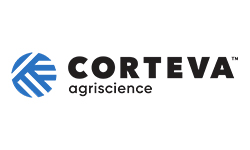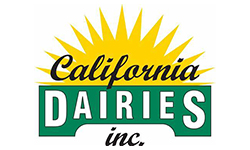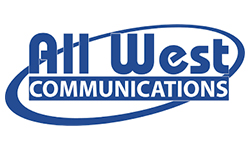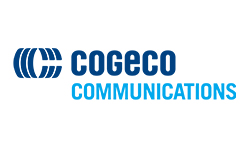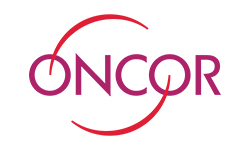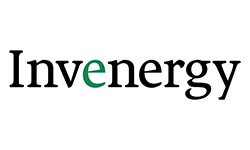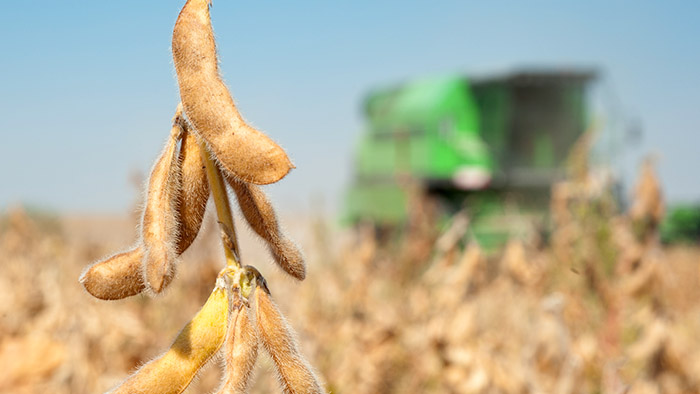Interest Rates: Fed keeps interest rates steady; three rate cuts for ’24 still on the table
The Federal Open Market Committee used its March 19 – 20 meeting to decide—once again—that it would maintain the target range for its fed funds rate at 5.25 to 5.5 percent, the same range since July 2023.
The Committee cited solidly expanding economic activity and strong but moderating job growth paired with low unemployment as positive factors. But inflation remains elevated, even after easing over the past year.
The Fed is committed to achieving maximum employment and 2 percent inflation over the longer run, and confirmed its continuing expectation for three rate cuts in 2024.
“The Fed is taking the view that we have made significant improvement,” said Kiran Kini, CoBank senior vice president and treasurer. “There is some weakening in the labor market, which we saw in February’s payroll report, and which was accompanied by downward revisions to previous months’ numbers. The Fed is moving cautiously to achieve a soft landing—getting inflation back to 2 percent while keeping the economy strong and out of recession.
“They continue to hold the view that three rate cuts sometime later this year is appropriate,” Kini continued. “The Fed is clearly data dependent, but they’re willing to look past some upward movement on inflation—or bumps in the road—and saying, at least for now, that given the magnitude of improvement, we have some breathing room to normalize in taking away some of the insurance rate hikes we put in place early in 2023.”
Kini added that the Fed will likely announce a tapering of its quantitative tightening efforts—reducing its holdings in Treasury securities, agency debt and agency mortgage-backed securities by not reinvesting maturing securities—at its April/May or June meetings.
Kini also noted the markets’ expectations for rate cuts have tempered considerably.
“The market has flipped sides,” he said. “The expectation earlier this year was for six or seven 25-basis-point cuts, and now the market is pricing in a bit more than three. It seems the market has come around to buying into the Fed view.”



